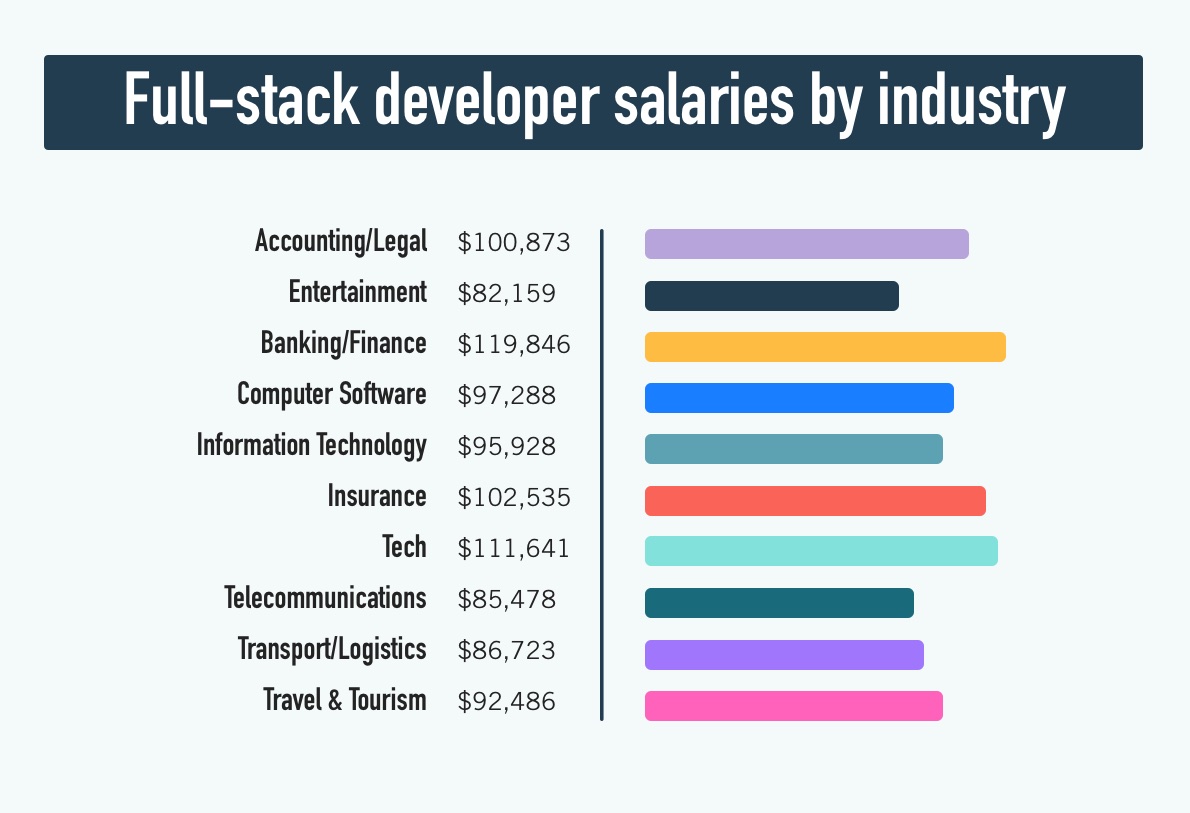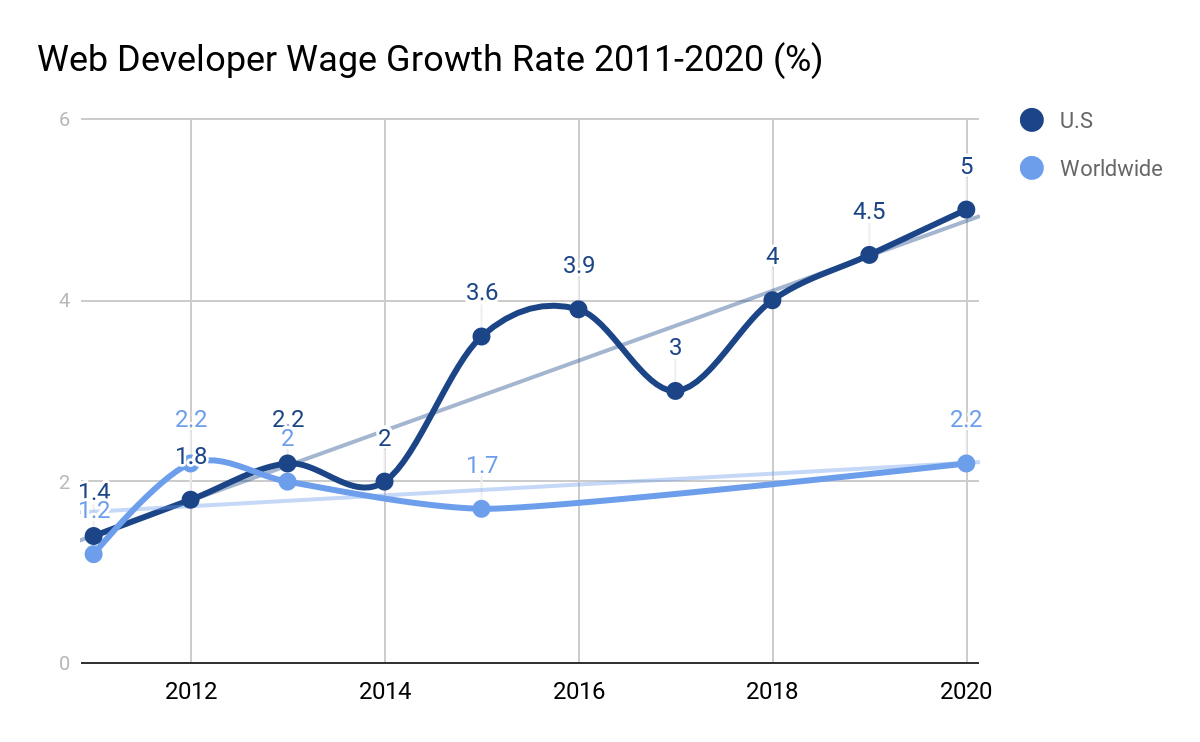
A heuristic evaluation is a form of usability testing that focuses on the user experience. It can be used in conjunction with other testing methods, such as user research. The goal of a heuristic analysis is to identify and flag usability concerns. This can assist designers in improving the user experience and ultimately improving the overall performance a digital product.
Two types of heuristics are possible to be classified. There are product-specific heuristics, as well as heuristics that are universal. These heuristics include a list of principles experts use to assess the usability or a product. These heuristics include the 10 Usability Principles for User Interface Design (Jakob Nielsen) and the 6 Design Principles for Usability (Don Norman). Many usability heuristics exist, but their details vary.

In general, at least three evaluators should conduct a heuristic assessment. However, this can depend on the complexity of the interface. If the project involves a lot of work, it is worth involving five to five evaluators.
Each evaluator has the responsibility of inspecting a specific section of interface and recording feedback. The evaluators' observations are then analyzed to create a report that highlights major usability problems. Once all evaluations are complete, the evaluators then communicate their findings.
Using a heuristic evaluation can be a quick and easy way to identify usability problems. While it doesn't offer an actual solution, it can be a good way to uncover the most common mistakes made by users. It can also serve as an aid to user research.
Performing a heuristic evaluation can be helpful for designers and developers, but it's important to remember that it can be a very subjective process. Heuristic evaluations can sometimes be less than ideal. For example, one evaluator might not be able to find all usability issues in an interface. However, a group of evaluators should still be able to identify at least 80%.

An outside expert can be helpful for a Heuristic Evaluation. This is not always possible for nonprofits or small start-ups. Another option is to have a one-on-1 informal review by a professional. During the review the evaluator should clearly explain his or her reasons for liking the design. Typically, a heuristic evaluation is done in conjunction with a formal user testing session.
An unbiased heuristic evaluation report is an effective way to discover usability errors in your user interface. This is quicker and cheaper than a full-blown usability testing. Depending on how many people are involved, the cost for a heuristic assessment can be anywhere from $4,000 for large enterprises to less than $1,000 for small startups. A neutral heuristic analysis can help identify usability issues earlier in the design cycle. This will make it easier and more cost-effective to fix them.
A heuristic assessment can be used to identify usability issues as well as provide insight into the design of a product/website to improve its usability. A heuristic analysis is still a valuable step towards more detailed user testing.
FAQ
Is web development difficult?
Web Development is hard but you can learn it if you are passionate about coding.
The only thing you need is to search for the right tools and follow their steps step by step.
YouTube and other platforms provide many tutorials. There are also free online programs like Sublime Text and Notepad++.
Many books are also available in libraries or bookstores. Some of the most popular ones include:
O'Reilly Media presents "Head first HTML & CSS".
O'Reilly Media's Head First PHP and MySQL 5th Ed.
Packt Publishing: "PHP Programming to Absolute Beginners"
I hope this article helped you.
What is a static web site?
A static website is a site where all content are stored on a server, and visitors can access it via web browsers.
The term "static” refers the fact that there is no dynamic feature such as changing images or video, animations etc.
This type of website was originally created for use in corporate intranets. It has since been adopted both by individuals and small companies who are looking for simple websites that do not require any programming.
Static sites have become increasingly popular because they require less maintenance. They are much easier to maintain than fully-featured sites with many components (such a blog).
They also load more quickly than dynamic counterparts. They are great for people who use mobile devices and have slow Internet connections.
A static website is more secure than its dynamic counterparts. You can't hack into a static site. Hackers only have access to the data that resides inside a database.
There are two main ways to create a static website:
-
Utilizing a Content Management System.
-
Create a static HTML website
It all depends on what you need. A CMS is a good choice if you are new to website creation.
Why? It gives you full control of your website. A CMS means that you don't have to hire someone to set up your website. All you need to do is upload files to the web server.
You can still learn to code and make a static website. However, you will need to put in some time to learn how to program.
WordPress is it a CMS?
The answer is yes. It is a Content Management System (CMS). A CMS allows you to manage your website content from within a web browser instead of using an application such as Dreamweaver or Frontpage.
WordPress is absolutely free! Other than hosting, which you usually get from your ISP.
WordPress was originally designed to be a blogging platform. However, WordPress now offers many options including eCommerce sites and forums, membership websites, portfolios and portfolios.
WordPress is very easy to set up and install. It is necessary to download the installation file from their site and upload it on your server. Simply visit the domain name from your web browser, and then log in to the new site.
After installing WordPress, you'll need to register for a username and password. Once you have logged in, a dashboard will appear where you can view all of your settings.
From this page, you can add images, pages, posts, menus or widgets to your website. If you are comfortable creating and editing content, you can skip this step.
You can also hire a professional web design firm to help you with the whole process.
How do I create a free website?
It all depends on which type of website it is. Do you want to sell online products, start a blog, build a portfolio, or both?
A combination of HyperText Markup Language, Cascading Stil Sheets and HTML can create an essential website. You can create a simple website with HTML and CSS. But most web developers recommend using a WYSIWYG editor (such as Dreamweaver, Frontpage).
If you don't have experience designing websites, hiring a freelance developer might be the best option. They can help you create a custom website based on your needs.
You can either pay a flat rate per project or an hourly rate to a freelance developer. It depends on the amount of work that they do in a given time frame.
One example is that some companies charge $50-$100 for an hour. You'll usually get higher rates for larger projects.
You can also find jobs on many freelance websites. You can search there before you contact potential developers directly.
Can I build my website using HTML & CSS?
Yes! If you've read this far, you should now know how to create a website.
You now know how to build a website structure. Now you need to learn HTML and CSS coding.
HTML stands as HyperText Markup Language. It is similar to writing a recipe. You'd list ingredients, instructions, and directions. Similarly, HTML tells a computer which parts of text appear bold, italicized, underlined, or linked to another part of the document. It is the language used to describe documents.
CSS stands for Cascading Stylesheets. This is a stylesheet for recipes. Instead of listing each ingredient and instructing, you can write down general guidelines for font sizes, colors and spacing.
HTML tells a browser how to format a webpage; CSS tells a browser how to do it.
You don't have to be a prodigy if you don’t get the terms. Follow the tutorials below, and you'll soon be making beautiful websites.
Statistics
- It enables you to sell your music directly on your website and keep 100% of the profits. (wix.com)
- Is your web design optimized for mobile? Over 50% of internet users browse websites using a mobile device. (wix.com)
- When choosing your website color scheme, a general rule is to limit yourself to three shades: one primary color (60% of the mix), one secondary color (30%), and one accent color (10%). (wix.com)
- At this point, it's important to note that just because a web trend is current, it doesn't mean it's necessarily right for you.48% of people cite design as the most important factor of a website, (websitebuilderexpert.com)
- Studies show that 77% of satisfied customers will recommend your business or service to a friend after having a positive experience. (wix.com)
External Links
How To
How to become an internet developer?
A website is not just a collection of HTML code. It's an interactive platform, which allows you communicate with users and provides valuable content.
A website is more than a medium for delivering information; it is a portal to your business. It should allow customers to quickly find what they need, while also showing how you want them interact with your business.
The best websites let visitors do exactly what it says on the tin: find what they are looking for, then go.
This goal will require you to master technical skills and aesthetics. You will need to understand HTML5 coding principles and CSS3 styling. Also, you'll need to keep up with the latest developments and JavaScript.
Additionally, you will need to be able to use different tools such as Photoshop, Illustrator and InDesign. These tools allow designers to create and modify website layouts and graphics. Finally, you will need to create your style guide. This includes everything from fonts and colors to layout.
If you're interested in becoming a web designer, start by reading articles on the topic, taking online courses, or enrolling in college programs.
Although your degree may take months, or even years, once you earn it you will be ready for the workforce.
Practice makes perfect! Your ability to design will make it easier for you build amazing websites.